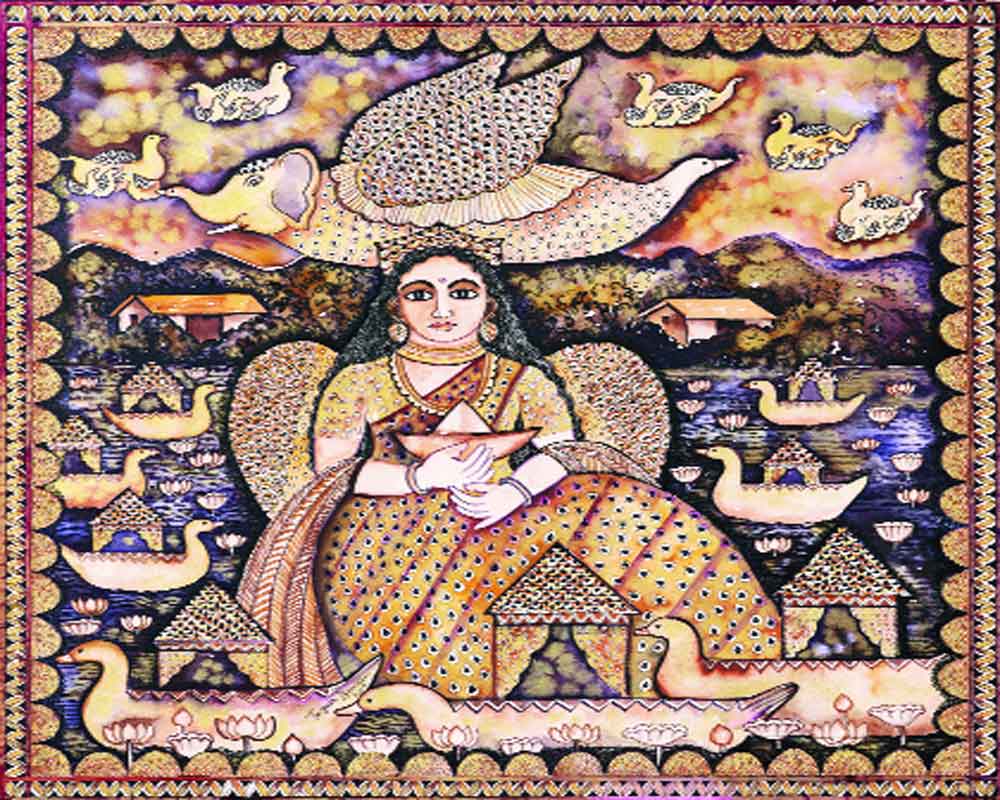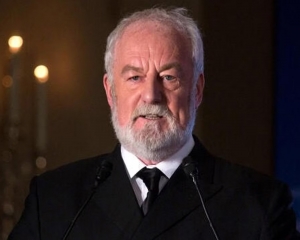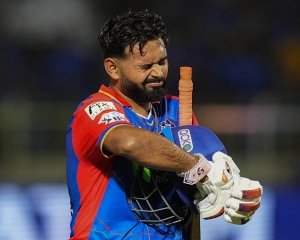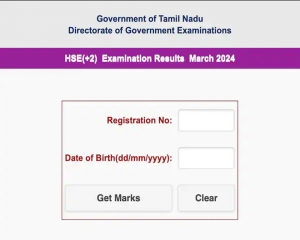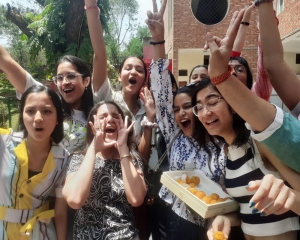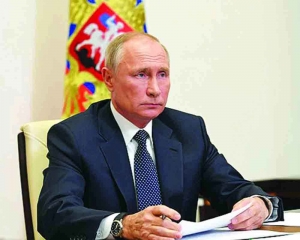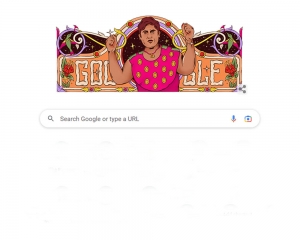India Art Fair presents artworks by sculptor Girjesh Kumar Singh and a show titled 30x30 by Gallerie Ganesha. While the former reflects the trauma of our contemporary society, the latter showcases never seen before works by masters
The sculpted terracotta heads by Baroda-based artist Girjesh Kumar Singh compel you to gaze and mull over the medium, message and mood at a time when there is a debate on humanism and identity. His Laga Chunri Mein Daag at Rukshaan Art Booth, which will be displayed at India Art Fair, is, therefore, a community of lively and connected spirits.
Art centre director Rukshaan, who often brings artists with alternative voices from Baroda, says, “His sculptures are made from broken bricks of destroyed homes as they reflect the trauma we are living with in our contemporary societies.” He has collected these broken bricks from his home town in Uttar Pradesh and other Indian cities. It highlights his interest in destroyed building sites and their legacy.
Girjesh’s tensile terracotta faces line the walls and grab your attention instantly, simply because they are invested with his life’s experiences. The artist combines destruction with something human and historical and brings forth the difficult truths which are too often suppressed or ignored.
His portraits of charismatic men and women depict humanity in more ways than one. “I try to showcase all kinds of faces. They’re not of any specific community but maybe native Americans, Europeans, minorities and sages with their hair bunched up. The expressions on each face are distinct, definite and powerful, some joyful, some serene, others stern. Others smirk at you, some have a cynical look and some even frown. But each one is worth watching. Girjesh has deep observational skills and is able to translate emotions onto the terracotta profiles. Perhaps it is their inner state, worries and tribulations that are being unveiled.
The strong cement-brick bond he works with holds multiple metaphors — of construction and demolition in our own lives. With every road we take, our old memories stay with us. The cement that binds the bricks remains even after a building is razed to the ground. Themes of identity and migration define his work. “You migrate from one place to another but never leave a place fully —the emotions become a part of your identity,” says Girjesh.
He is interested in the history of his materials as he wants to know the actual past events, architectural structures and the human narratives that established them.
By reintroducing a human element to these objects, the artist reminds us that the meaning of buildings, their homeliness and utility can only exist through our interpretations. Furthermore, by asking us to consider the lives of the people who might once have inhabited them, he also poses inevitably emotional questions about current human situations: “Where people might be and what has become of their lives?”
India Art Fair will also present the 30th anniversary of Gallerie Ganesha through its show titled 30x30, curated by gallery director Shobha Bhatia. There will be a collection of 30 artworks by celebrated Indian artists. Says Shobha, “We have represented these 30 artists over the years but their works have never been seen before. Paresh Maity’s large canvas on Gandhiji’s Dandi march, Sakti Burman’s dreamlike work, Alok Uniyal’s introspective portrayal of a girl, Avijit Dutta’s take on nature’s bounty, Devdatta Padekar’s poignant painting on human relationships — these new works are some of the major highlights amongst others. Although modern art movement in India is comparatively recent, we have always had a rich heritage and tradition in art. Paintings from the Indian miniature series, dating back to the 16th century or the even older tribal and folk art, have inspired many artist in recent times. In spite of the colonial influence, almost subjugation, of Indian art, the Bengal School kept alive the Indian legend. While Indian artists welcomed the European technique and style, the soul of Indian art remained connected to their traditional heritage. The exhibition attempts to highlight the fact that the essence of all things Indian, including art, is in the traditional and its aesthetics, by virtue of its deep rooted ancient heritage which is spiritually linked too.”
Some of the sections of Indian art that will be exhibited are folk and tribal, Bengal school artists, modernists and contemporary masters. Artists include Jangarh Singh Shyam, Japani Shyam, Neelkant Choudhary, Umashankar Shah, K.S.Kulkarni, Satish Gujral, Sakti Burman, A.Ramachandran, Maite Delteil, Shyamal Datta Ray, Ganesh Pyne, Paresh Maity, Jayasri Burman, Avijit Dutta, Devdatta Padekar, Maya Burman, Vinita Karim, Asit Haldar, Kshitendranath Majumdar, Mukul Dey, Haren Das, Dhirendranath Brahma, Suhas Roy, Laxma Goud, Sisir Sahana, Nayanaa Kanodia, Badri Narayan, Alok Uniyal and Neeraj Goswami.
(India Art Fair runs from January 30 to February 2.)













